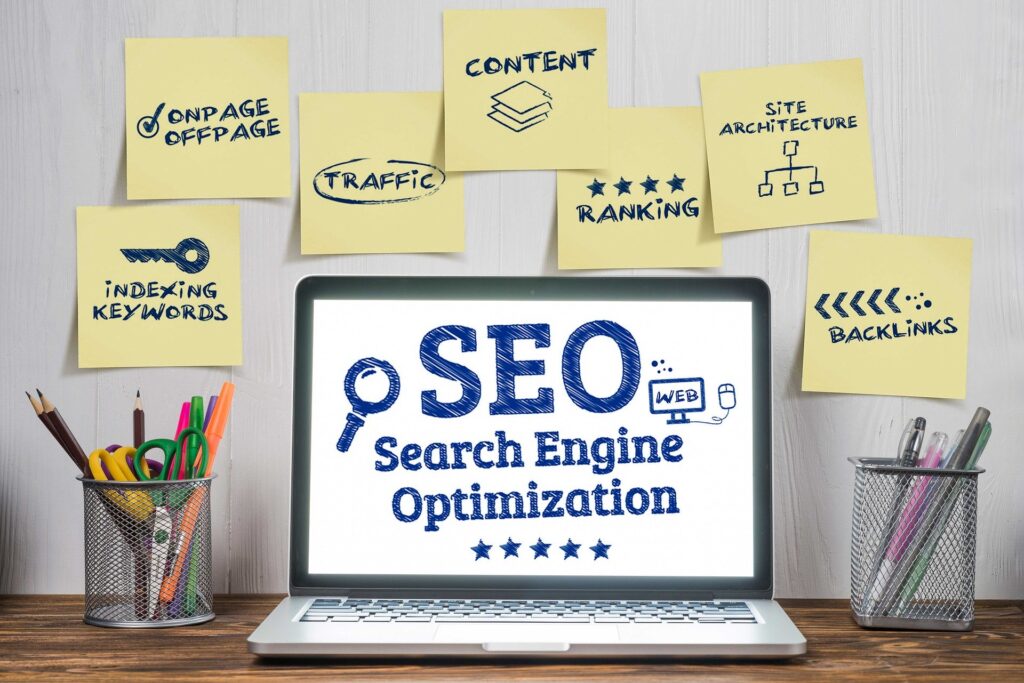SEO Strategy Trends for 2025: What You Need to Know
The world of SEO never stands still—and 2025 is no exception. With Google’s algorithms evolving faster than ever and user behavior shifting in response to new technologies, staying ahead means adapting your strategy to what’s proven to work right now.
From more sophisticated content strategies and smarter backlink building to the growing importance of trust signals and UX, this article breaks down the SEO trends that actually matter in 2025. Whether you’re starting from scratch or refining an existing strategy, here’s what you need to know to compete in today’s search landscape.
What’s Changed: A New Era of Search
Search engines are smarter. Users are more demanding. And SEO has matured into a blend of content, tech, design, and trust.
Key Shifts in 2025:
- AI-enhanced algorithms now better understand intent and context.
- Search results are richer, blending videos, snippets, and AI summaries.
- EEAT is critical—Google favors trusted, proven sources.
- Mobile-first indexing is fully standard, with site performance on mobile carrying more weight than desktop.
So where should you focus your energy this year?
Content Optimization: Smarter, Deeper, and More Helpful
Content is still king—but only if it genuinely solves a problem, answers a question, or meets a need.
Trends That Matter:
- Search Intent Matching: Google wants to see content that directly matches what users are really looking for—informational, transactional, or navigational.
- Topic Clustering: Build authority by grouping related content and interlinking them effectively.
- People-First, AI-Assisted Writing: High-performing content blends human expertise with AI tools to scale production without losing quality.
Tip: Use tools like Google Search Console, Semrush, or Surfer SEO to find underperforming pages and optimize them around intent and helpfulness.
EEAT: The Core of Google’s Trust Model
EEAT (Experience, Expertise, Authoritativeness, Trustworthiness) is no longer optional—it’s baked into every Google update.
How to Boost EEAT in 2025:
- Include author bios with credentials and real-world experience.
- Link to credible sources and cite statistics/data properly.
- Add customer reviews, trust badges, and clear privacy policies.
- Use real authors, not anonymous or generic bylines.
Google wants to know who is behind the content and whether users should trust them—especially in YMYL (Your Money or Your Life) niches like health, finance, and legal.
Link Building: It’s All About Relevance and Relationships
Gone are the days of spammy guest posts and sketchy link directories. In 2025, backlinks must be earned through relevance, value, and connection.
Strategies That Work Now:
- Digital PR: Use data-driven content or expert commentary to land coverage from reputable sites.
- Partnership Outreach: Collaborate with influencers, brands, or niche communities to earn contextual links.
- Brand Mentions: Monitor unlinked brand mentions and ask for a backlink—politely.
Avoid manipulative tactics like link exchanges or automated directory submissions. They don’t work anymore and could lead to penalties.

UX and Mobile-First: SEO Now Lives and Dies on Usability
Google evaluates how users interact with your site. If people bounce quickly or can’t navigate easily on mobile, your rankings will suffer.
Where to Focus:
- Core Web Vitals: Optimize for speed, interactivity, and visual stability.
- Mobile Experience: Prioritize responsive design, fast loading, and easy navigation on smaller screens.
- Page Experience Signals: Make sure HTTPS, intrusive ads, and accessibility are handled properly.
A poor user experience is no longer just a branding issue—it’s a search visibility issue.
What No Longer Works in 2025
SEO “hacks” that used to work are now liabilities. Google is more capable than ever of detecting low-quality or manipulative tactics.
Outdated and Risky:
- Keyword stuffing – hurts readability and signals low quality.
- Exact-match domains – no longer a shortcut to rankings.
- PBNs (Private Blog Networks) – highly detectable and easily penalized.
- Over-optimization of anchor text – appears unnatural and spammy.
- Thin content – fails to meet searcher intent or provide value.
Focus instead on authenticity, usefulness, and user experience.
The Role of AI in SEO Strategy
AI isn’t replacing SEO—it’s enhancing it. From content creation to technical audits, smart marketers are using AI to scale faster and optimize smarter.
Tools to Explore:
- ChatGPT or Jasper for content ideation and outlines
- Surfer SEO or Clearscope for semantic keyword analysis
- Screaming Frog or Sitebulb for technical audits
- GA4 and Looker Studio for custom performance dashboards
Use AI responsibly—augment, don’t automate. Human review is still essential for quality and credibility.
Actionable SEO Strategy Checklist for 2025
✅ Audit your site: Core Web Vitals, mobile UX, page speed
✅ Refresh underperforming content to match current search intent
✅ Implement EEAT elements: bios, citations, trust signals
✅ Build authority through strategic link building and PR
✅ Use AI for keyword research, clustering, and content support
✅ Optimize for featured snippets and People Also Ask boxes
✅ Track performance with GA4 and GSC dashboards
✅ Avoid black-hat tactics and keep your strategy clean and scalable
✅ Invest in quality design and UX—your rankings depend on it
✅ Stay updated: follow SEO publications, Google updates, and evolving SERP features
releated:Graphic designers and search engine optimization services
Final Thoughts
2025 is not the year for lazy SEO or quick wins. It’s a time for intentional, audience-focused strategy rooted in trust, experience, and performance. The marketers who thrive this year will be those who build for humans first and optimize for search second—because now, they’re more aligned than ever.



